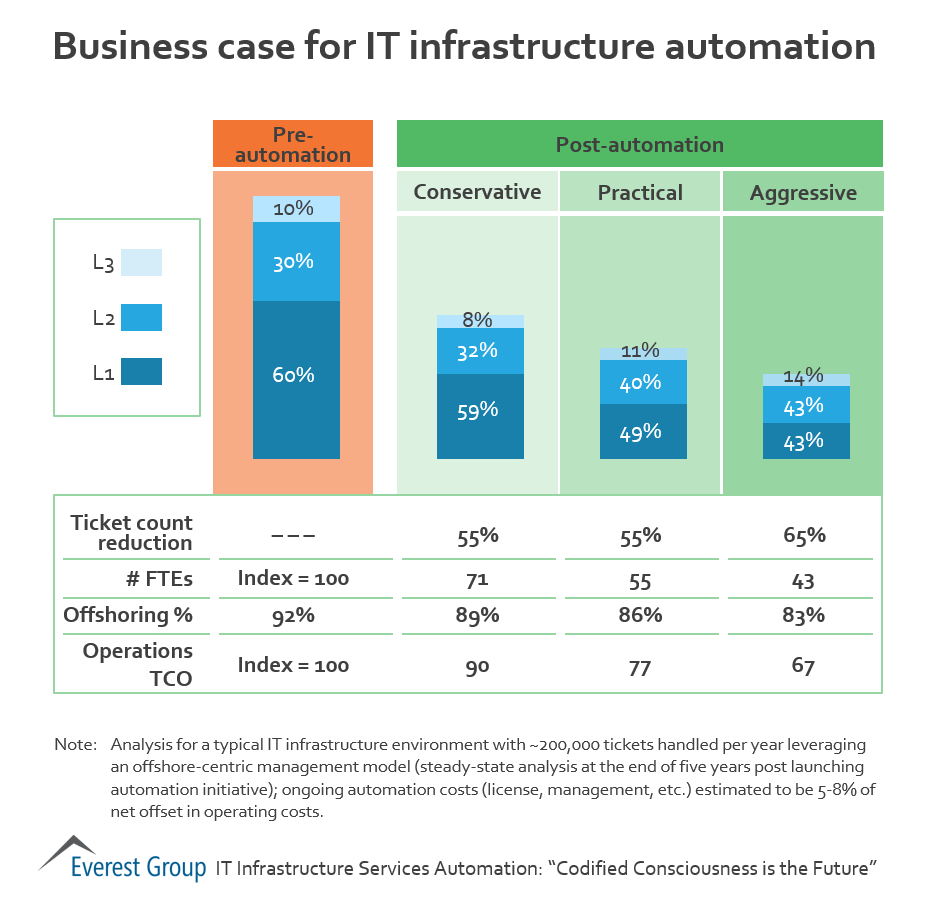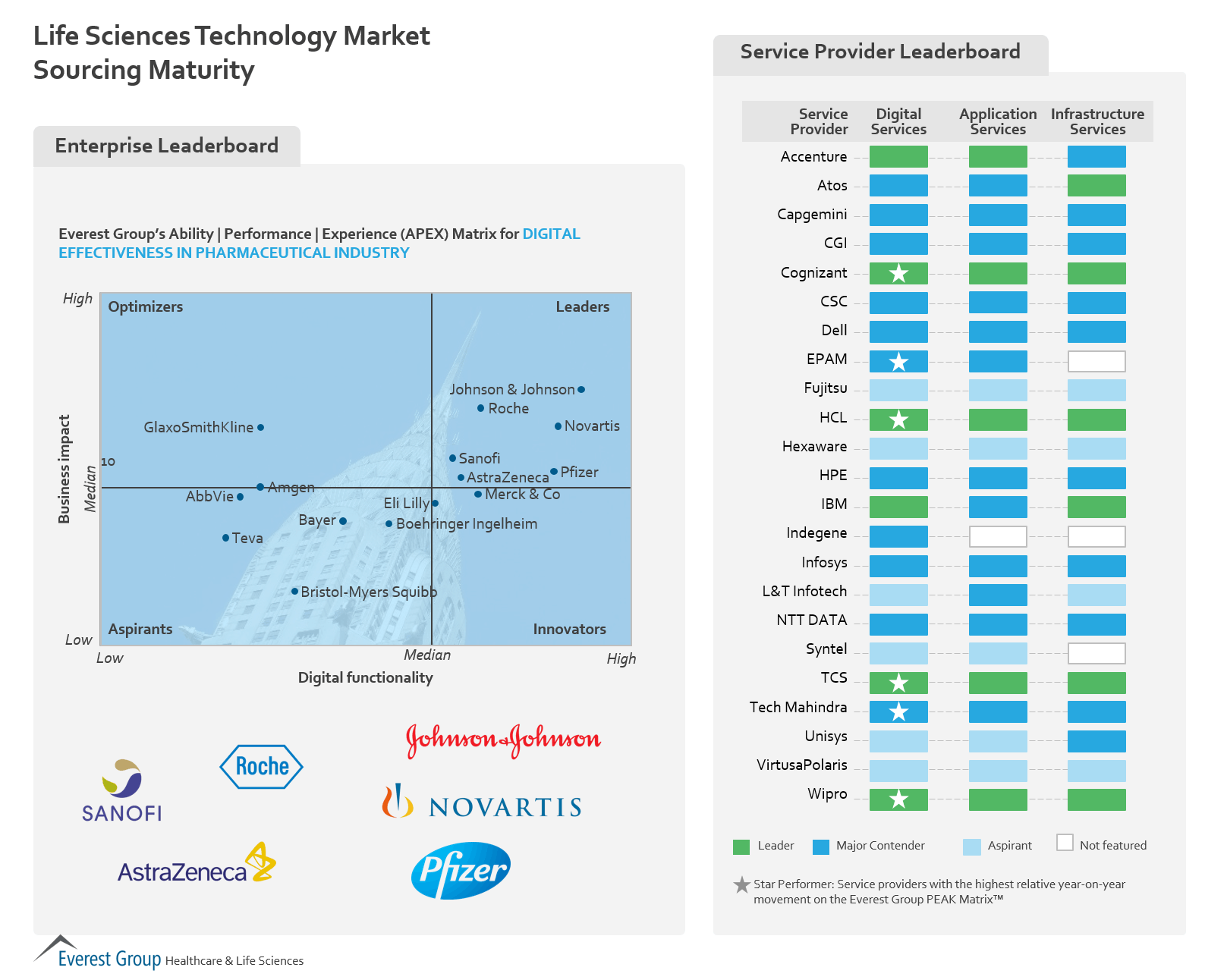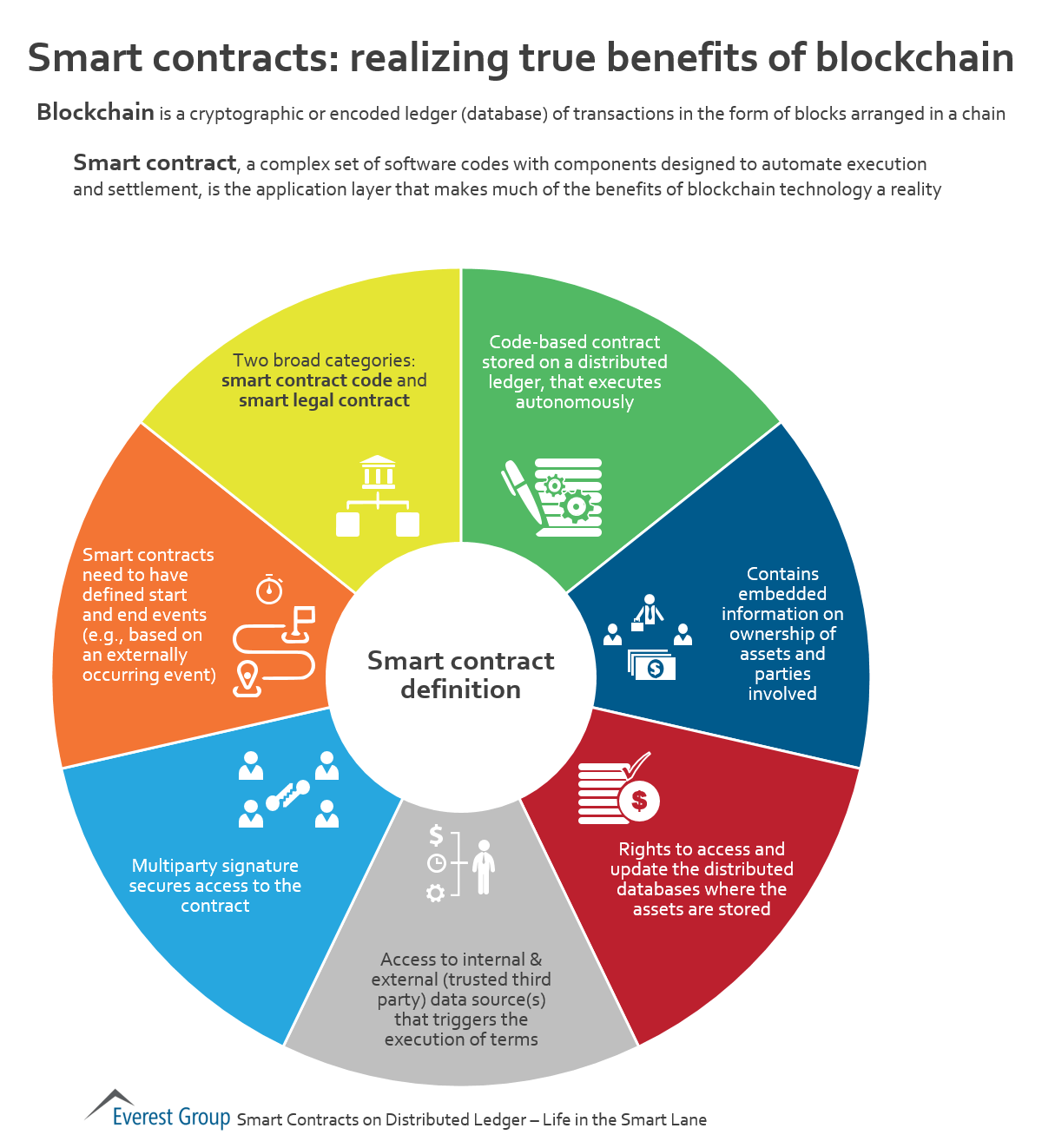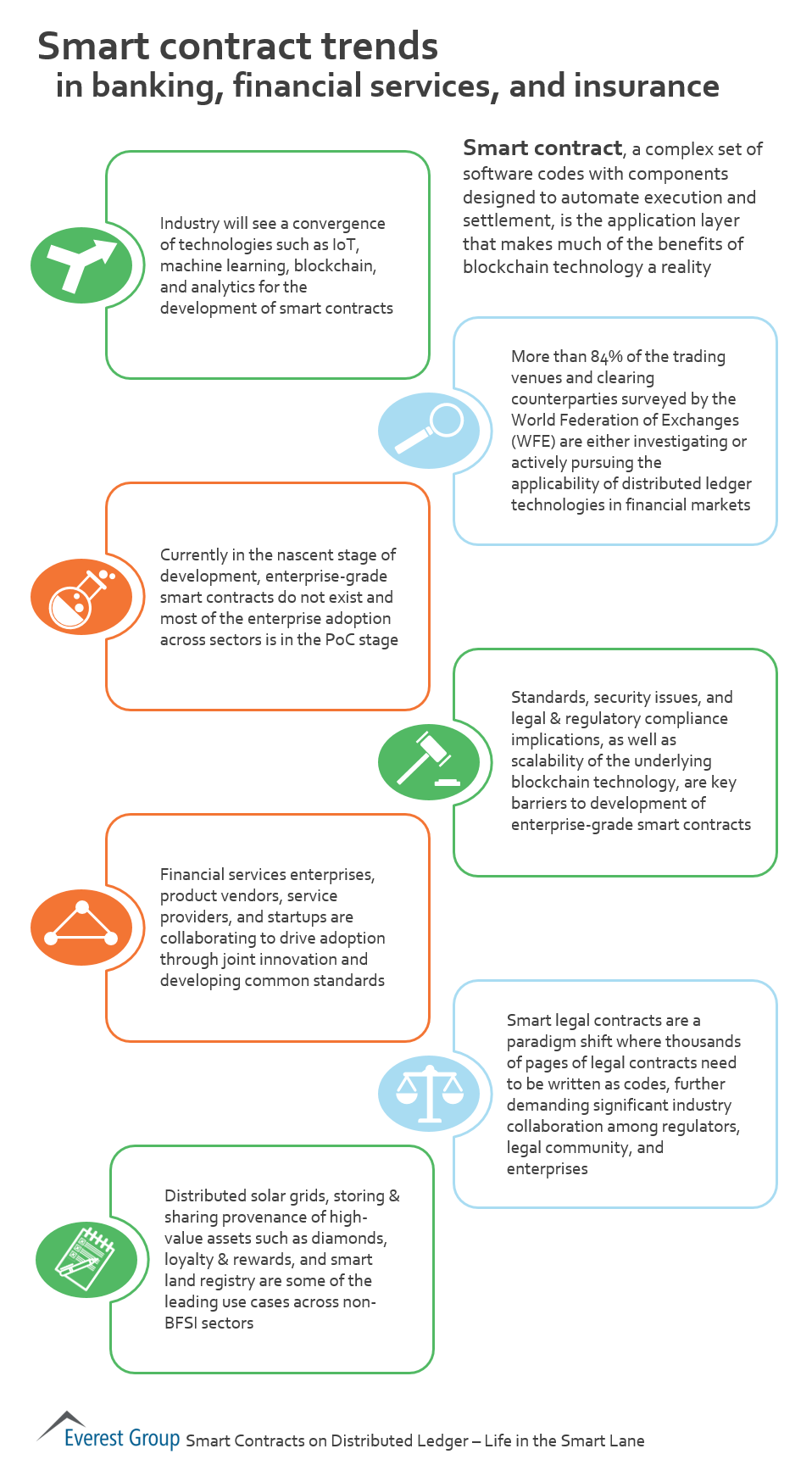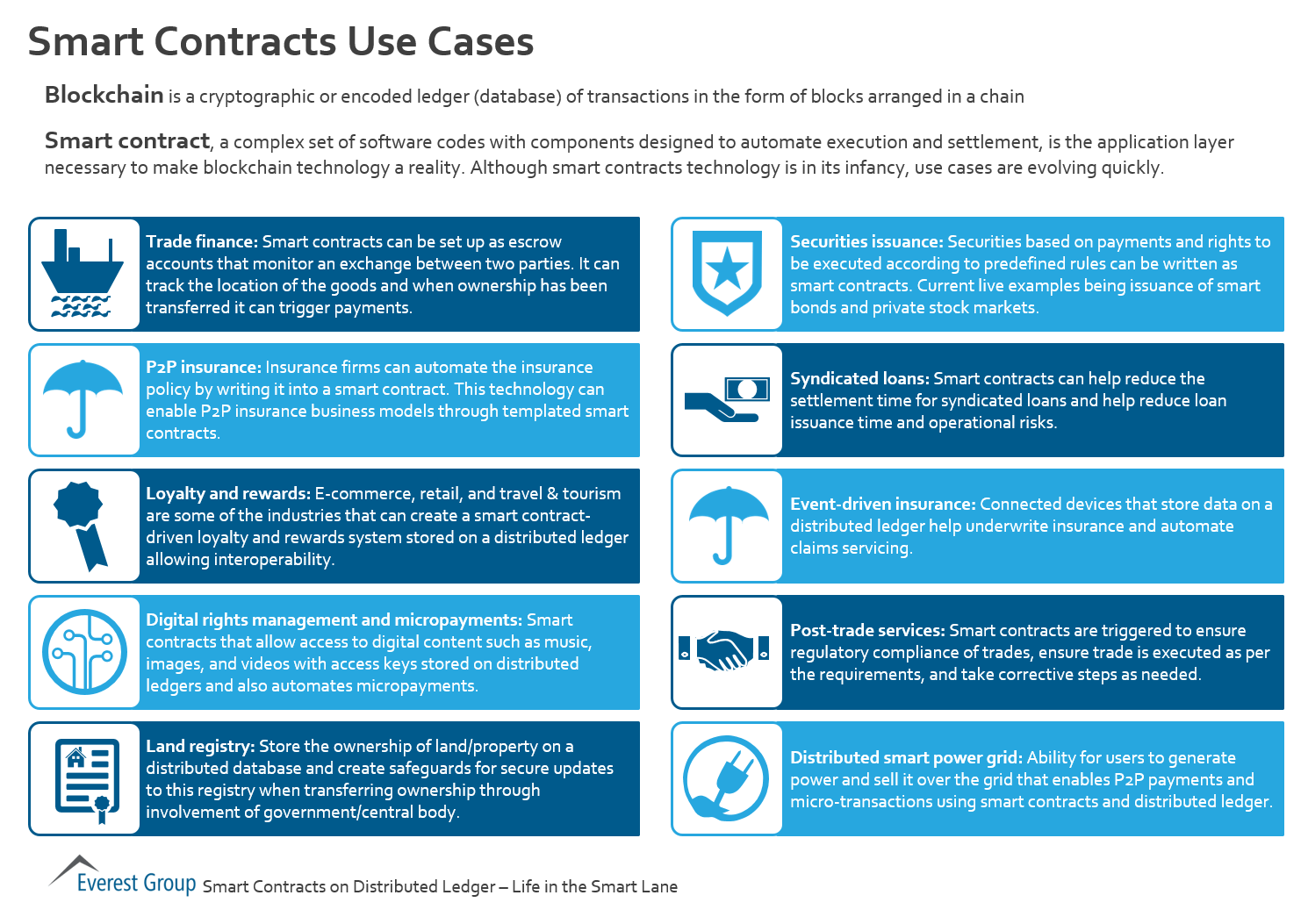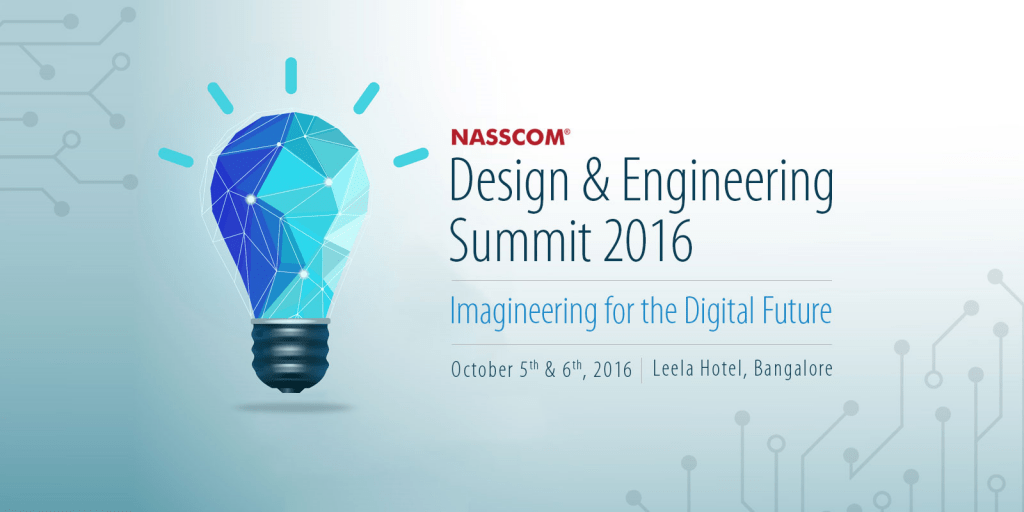October 11, 2016
What business wouldn’t want a 700% improvement in developer productivity or a big reduction in testing time or reduced time to market? The move to digital technologies carries the promise of dramatic transformation. With digital technologies, companies can do things that they have never done before. Digital is not a matter of delivering existing services in a different way; it’s delivering a new kind of service that really disrupts and changes the very fabric of how a company does business. That’s the digital promise. In a prior blog, I explained that technology is fundamentally changing how services are currently done. Now let’s look deeper into what the technology is really doing.
With digital technologies, companies have the providence of greenfield opportunities: to do new and different things, things that result in breakthrough performance in a critical business function. Let’s look, for example, at the customer onboarding process for a healthcare insurance company. It’s about a two-month process from the point that a new customer agrees to come on board to the point where the customer is fully registered and operating seamlessly in the company’s systems. The promise of the digital breakthrough is that a company can complete that process in 20 minutes – orders of magnitude faster than two months.
And that’s not all. The customer experience is also dramatically different. Customers become frustrated with the bureaucratic effort to enroll in a healthcare system and all the people involved (HR, actuarial, validating, authorizing, registering, etc.). Those multiple departments take tremendous resources and tremendous time. Changing a two-month process involving eight or nine departments to a seamless, 20-minute process delivers tremendous value to the customer, the insurance company and the customer’s employer.
The digital promise moves a business process from the provision of technology to the provision of a service. But the hard truth is that the old shared services IT construct simply won’t enable a company to achieve the digital promise.
In a shared services type of IT structure, the company focuses on unit costs or component excellence and component cost as well as trying to optimize each of those nine departments and their interactions. It’s a nightmare. And it’s very costly. Digital breaks that down and makes it “one and done.” For instance, an onboarding employee can work through the app, potentially a cognitive agent guiding the employee and prepopulating the app and doing much of the work. Consequently, there is no longer a need for the functions of those nine departments, certainly not in all of them.
The implications for an organization’s governance, policies, philosophies, procedures and people are dramatic, which is why few firms achieve a breakthrough performance. The tremendous change constrains them from moving in that direction.
A 700% improvement in productivity is astounding and hard to believe, as is a 59-day reduction in time to market and $600 million in savings over three years. These breakthrough performance outcomes may seem extreme, but they were achieved by leading financial institutions. Digital technologies such as analytics, automation, cloud and cognitive (AACC) enable companies to dramatically change their productivity and costs of delivering services.
Achieving such dramatic performance breakthroughs is difficult. But even when companies deploy these technologies in a less comprehensive way or not in a breakthrough paradigm, they still impact the market. For example, service providers are competitively bidding and able to deliver the same services at 30-50 percent less. While that’s not a 700% improvement in productivity, it is indeed a big change. Interestingly, that improvement is the same or more as what was delivered through labor arbitrage 10 or 15 years ago.
The times are changing – again – in the services world.
